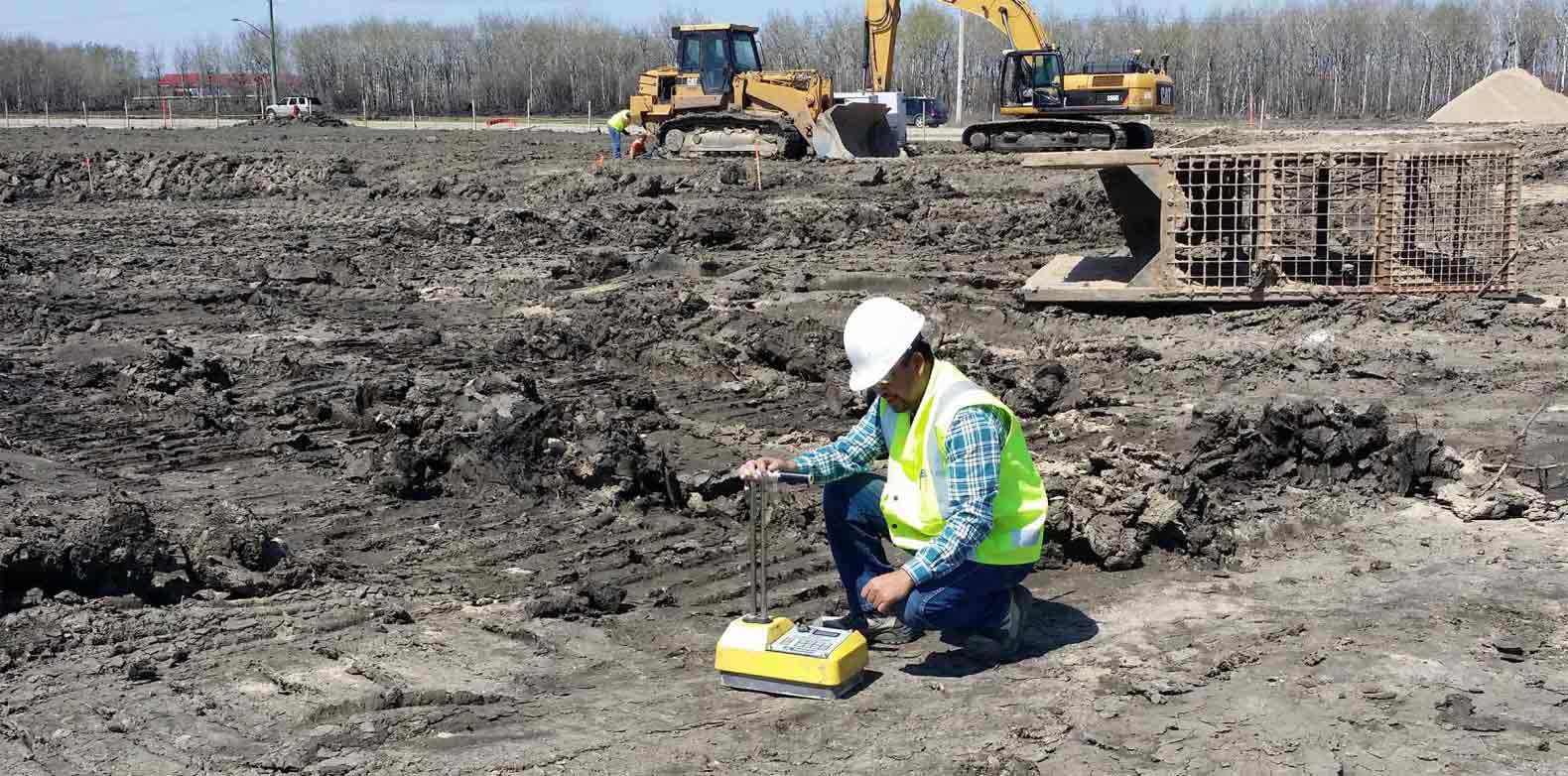Why Working With a Geo Tech Engineer is Crucial for Complex Building Jobs
Why Working With a Geo Tech Engineer is Crucial for Complex Building Jobs
Blog Article
The Interdisciplinary Approaches in the Geotechnical Industry: Bridging the Gap In Between Engineering, Geology, and Environmental Science for Optimal Project End Results
The integration of engineering, geology, and ecological science within the geotechnical industry is not simply helpful; it is essential for accomplishing ideal task outcomes. What methods might emerge to facilitate this important cooperation and boost the efficiency of geotechnical practices?
Significance of Interdisciplinary Collaboration
The relevance of interdisciplinary collaboration in the geotechnical industry can not be overemphasized. Effective geotechnical projects need the integration of diverse know-how from different areas, consisting of engineering, geology, and environmental scientific research. This cooperation makes certain that all aspects of a task are thought about, causing detailed remedies that address complicated challenges.
Interdisciplinary partnership cultivates innovation by enabling professionals to share insights and techniques that might not be noticeable when functioning in seclusion (engineer of record). By leveraging the toughness of several disciplines, teams can recognize potential threats, maximize style processes, and enhance the sustainability of geotechnical jobs. Moreover, such cooperation promotes an alternative understanding of site-specific problems, which is important for precise evaluation and decision-making.
The complexity of geotechnical tasks requires a worked with technique to analytic. Eventually, interdisciplinary partnership is crucial for advancing finest methods and accomplishing excellence in the geotechnical industry.
Key Duties of Each Technique
Cooperation among numerous self-controls is not just beneficial; it is vital for the successful execution of geotechnical jobs. Each technique-- engineering, geology, and environmental scientific research-- plays an unique yet interconnected role that adds to predict efficiency and sustainability.
Geotechnical designers are largely in charge of making structures and guaranteeing architectural honesty. They examine dirt and rock residential properties to evaluate load-bearing capacities, offering necessary data for safe construction techniques. Their proficiency makes it possible for the solution of innovative options to complicated difficulties.
.webp)
Ecological scientists assess the possible impacts of construction on ecosystems and water sources. They perform environmental assessments and develop mitigation strategies to minimize damaging impacts. By incorporating environmental considerations, they make certain compliance with policies and advertise sustainability throughout the project lifecycle.
Instance Studies of Successful Integration
Effective combination of geotechnical self-controls can be exemplified through numerous situation studies that highlight the effectiveness of synergy in attending to complex engineering challenges. One noteworthy example is the building and construction of the Hong Kong-- Zhuhai-- Macau Bridge, where a joint strategy entailing geotechnical engineering, geology, and ecological science was vital. Engineers and geologists worked in unison to evaluate the seabed problems and optimize the structure layout, ensuring stability and reducing environmental effect.
An additional impactful case is the improvement of slope stability in the San Francisco Bay Location, where an interdisciplinary team combined geotechnical evaluation with ecological assessments. By integrating hydrological researches and geological studies, the team effectively identified possible landslide threats and carried out effective mitigation procedures, boosting safety and sustainability.
In addition, the redevelopment of Brownfield websites commonly needs a multidisciplinary method. In one situation in Chicago, partnership amongst geotechnical engineers, environmental scientists, and urban coordinators caused the effective removal of infected soil, enabling the secure makeover of the site into a neighborhood park. These case research studies illustrate that interdisciplinary partnership not only addresses technological difficulties however additionally promotes cutting-edge remedies that profit both areas and this link jobs.
Challenges in Multidisciplinary Projects

In addition, coordinating timetables and workflows amongst different groups can be bothersome, especially when each discipline has special task turning points and deliverables. This misalignment can cause hold-ups and increased expenses. The challenge of source allocation likewise impends big; ensuring that specific experience is offered at essential points calls for cautious planning and foresight.
Lastly, governing compliance postures one more substantial difficulty. Each discipline might face various regulatory structures, and lining up these needs to satisfy task purposes can be taxing and intricate. Dealing with these obstacles requires strong leadership and efficient interaction methods to cultivate partnership and guarantee that multidisciplinary teams function cohesively towards shared goals.
Future Trends in Geotechnical Practices
As the geotechnical sector evolves, arising fads are reshaping methods to attend to the challenges dealt with in multidisciplinary tasks - geotechnical engineers. One significant trend is the boosted assimilation of sophisticated modern technologies, such as synthetic knowledge and artificial intelligence, right into geotechnical analysis and layout. These technologies enhance anticipating modeling and danger assessment, making it possible for engineers to make even more enlightened choices throughout the project lifecycle

Furthermore, the adoption of digital doubles and real-time surveillance systems is ending up being more common. These devices promote recurring evaluation of dirt conditions and structural efficiency, allowing for timely treatments when issues our website emerge.
Final Thought
Finally, the combination of engineering, geology, and environmental science is vital for achieving optimal outcomes in the geotechnical market. Interdisciplinary collaboration promotes technology, improves problem-solving abilities, and lines up technological requirements with ecological sustainability. Effective situation studies highlight the advantages of this strategy, while recognizing the obstacles faced in multidisciplinary tasks. Looking in advance, pop over to this site embracing these collective techniques will certainly be crucial for browsing future fads and progressing the field of geotechnical design.
The integration of design, geology, and environmental science within the geotechnical sector is not merely helpful; it is essential for accomplishing optimum job results. Reliable geotechnical tasks need the integration of varied knowledge from numerous areas, consisting of engineering, geology, and ecological science.Browsing the complexities of multidisciplinary jobs in the geotechnical industry presents several substantial obstacles.As the geotechnical market develops, arising patterns are reshaping techniques to address the difficulties faced in multidisciplinary projects. Geotechnical engineers are significantly collaborating with ecological researchers to make certain that projects straighten with sustainability objectives and comply with regulatory requirements.
Report this page